To my eye, Rushton Hall, is one of the greatest examples of English Renaissance architecture. It was the home of the Tresham family from 1438. The Hall which we see today was begun in the early sixteenth century. It was altered and enlarged first by Sir Thomas Tresham II in 1595, and later by the Cockayne family in 1626, 1627 and 1630. It was again developed in the ninteenth century.
I fist saw the Hall in the mid-90s when it was a school for blind people. It is now a hotel and well worth catching a glimpse of if your are in the area. On thr first floor of the south-west wing there is a small room which is called the oratory. This room holds the relief panel of the Crucifixion which is dated 1577. This panel was most likely an altar retablo from the chapel of St Peter, which stood next to the house, to the left of the east-front of the house (as you face it). The chapel was pulled down in 1799 by the then owners of the house, the Cockaynes, in order to extend their view from the front of the house. They obviously rescued this retablo and brought it into the main house. I have seen inside this room and am not convinced that it would have been used for Mass in the recusant era. (Unless the later remodelling of the interior of the house altered the original room layout.)
In the cellars there is a now-revealed secret chamber (photo below), but again, I am not convinced that this is a priest hole. It is not memtioned by either Squiers or Hodgetts in their survey of priest holes, and its location would not have made for easy access when danger was near.
There is another secret chamber set into a door frame on the first floor of the house. This chamber is 5ft long and 15 inches wide. It was discovered in 1828 and was full of papers from the time of the Gunpowder plot hidden there by Francis Tresham. These papers are now in the British Library. I did not see this secret chamber.
Sir Thomas Tresham II died in 1605 here in Rushton Hall. His eldest son, Francis, had some part in the Gunpowder plot and died later that year in the Tower of London. The estate then came to the younger son Lewis Tresham (1575 - 1639) who was a spendthrift. I don't know the family history but the Treshams probably lost the Hall through Lewis' poor administration of the family wealth. The Cockayne family bought the Hall in 1619 and developed it substantially. It is probably through their care for the Hall that it still remains to this day and can be enjoyed by so many people.



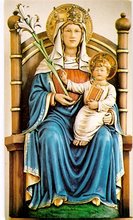

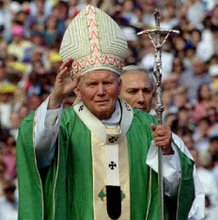
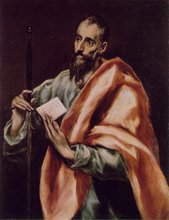
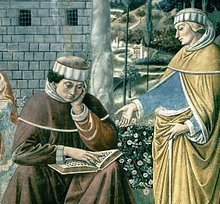
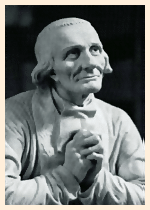

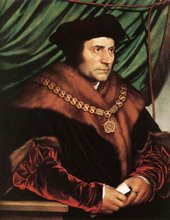


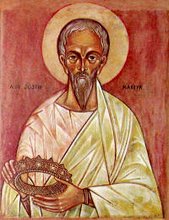
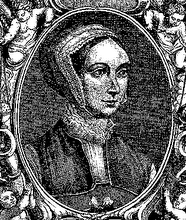
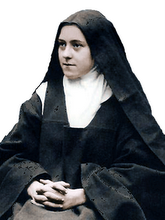
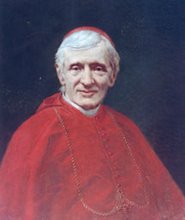
No comments:
Post a Comment